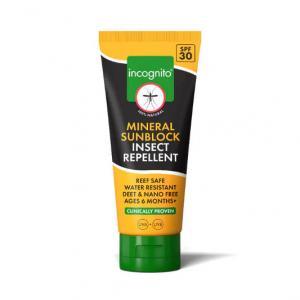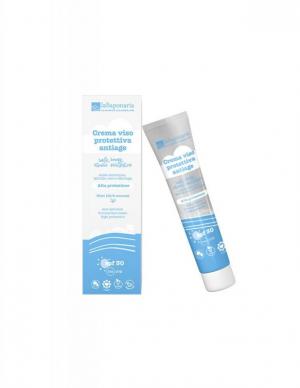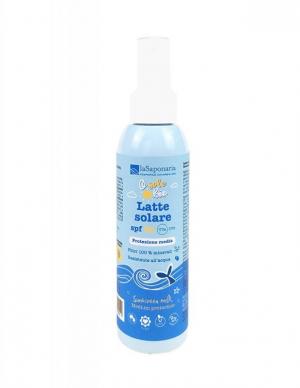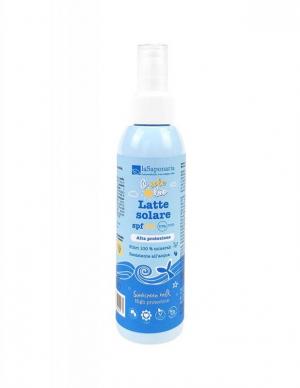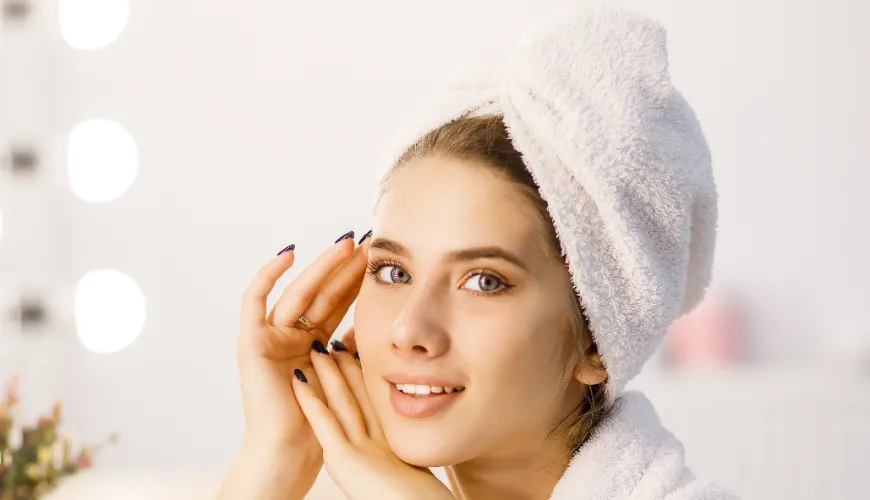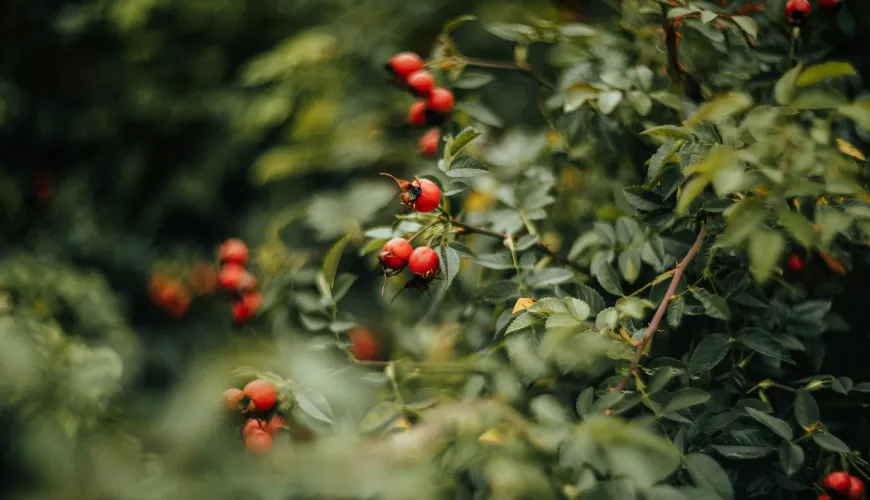
Natural and Gentle Grandma's Tips for Sunbathing for the Whole Family
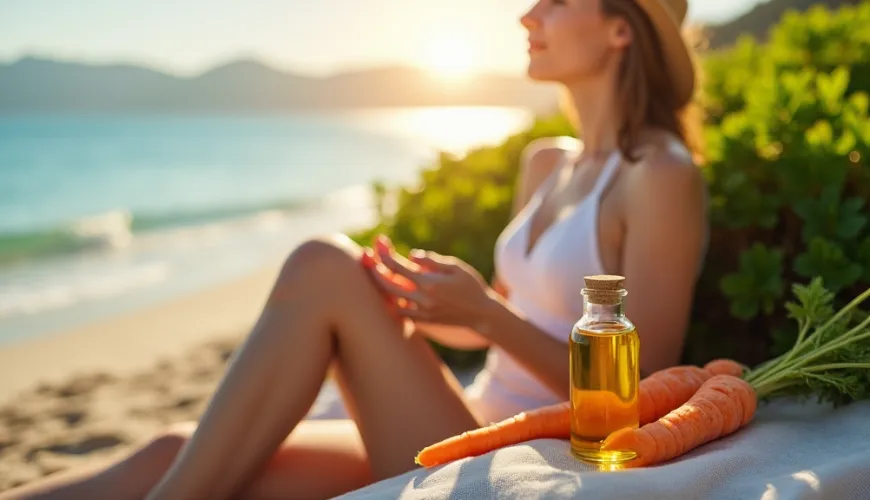
Summer is in full swing, and with it comes the annual dilemma: how to enjoy the sun safely while achieving a beautiful bronze tan? While drugstore shelves fill up with sunscreens of all kinds, many of us still reach for the tried and true natural advice from our grandmothers. These grandmother's tanning tips have been experiencing a resurgence in recent years—not only as a nostalgic reminder of the past but also as a gentler and more eco-friendly alternative to conventional products.
A Natural Path to a Healthy Tan
Grandmothers may not have had access to the latest scientific insights on UV radiation, but they knew well how to work with nature. One of the most common tips passed down through generations is the use of plant oils. Carrot, coconut, or olive oil can beautifully moisturize the skin and add a natural glow. Especially carrot oil is popular due to its beta-carotene content, which supports melanin production—the pigment responsible for skin coloration.
Those who regularly enjoy fresh carrot juice or incorporate rich sources of carotenoids into their diet often find that they tan faster and more evenly. Similarly, internal consumption of spirulina or seaweed helps the body prepare for sun exposure and supports detoxification.
Of course, no natural tip can replace diligent protection from excessive sun exposure. But you might wonder: if grandmothers didn't use SPF creams, how is it possible they didn't get sunburned? The answer is simple—they followed the natural rhythm of the day. They sought out the sun early in the morning or late in the afternoon when UV radiation is not as aggressive, and preferred to stay in the shade during midday. Such prevention is often more effective than the strongest sunscreen.
Homemade Recipes and Traditional Cooling
When sunburn did occur, grandmothers always had something on hand to soothe irritated skin. One of the most well-known remedies is a curd or plain yogurt compress. The cooling dairy base calms the skin, reduces redness, and helps relieve itching. It's not just a placebo effect—dairy products contain lactic acid and proteins that regenerate the skin.
Another favorite method is the use of cucumber slices or infusions of chamomile or calendula. These herbs have natural anti-inflammatory effects, and their cooling effect is especially welcome after a long day in the sun. Simply brew a strong tea, let it cool, and use gauze or a cotton pad to apply it to affected areas.
One of the most effective grandmother's tips that hasn't been lost even today is water with apple cider vinegar. Vinegar helps restore the skin's proper pH and soothes burning. Mix equal parts water and vinegar and apply to sunburned skin using a spray bottle—the results may surprise you.
The Sun as Both a Cure and a Threat
Tanning also has its health benefits. Sun exposure promotes the production of vitamin D, which is essential for bone health, the immune system, and overall mental well-being. It's no wonder that people have long exposed themselves to sunlight not only for aesthetics but also for health. In the past, the sun was even used as a therapeutic method—so-called heliotherapy was popular in ancient Greece and later found application in treating tuberculosis or skin diseases.
On the other hand, today's UV radiation intensity and a lifestyle that often keeps us indoors require greater caution. That’s why we combine old advice with modern knowledge. While grandmothers knew not to go out in the sun with wet skin because it speeds up burning, today we know that damp skin loses its protective film and absorbs UV radiation more quickly. Yet, it turns out that most traditional recommendations have their justification.
Try our natural products
Small Rituals, Big Effects
One of the beautiful aspects of grandmother's tips is their connection to daily care and rituals. Tanning wasn't just about quick browning but about slowly building a relationship with the sun. For example, many women prepared custom herbal oils at home—mixing St. John's wort, lavender, calendula, or rosemary with olive oil and letting it infuse in the sun for several weeks. The resulting oil not only smelled wonderful but also protected and nourished the skin.
Experience shows that these natural products are increasingly sought after even among the younger generation, who aim to avoid synthetic additives and chemical filters. While some grandmother's tips may seem amusing—like applying beer or cocoa butter to the skin—others have surprisingly deep roots in folk medicine.
An example is the simple combination of water, lemon juice, and honey, which women in some regions applied to their skin before tanning. Lemon increased skin sensitivity to the sun, thereby speeding up tanning—though today we know this can also be dangerous due to phototoxic reactions. Therefore, it's important to maintain critical thinking and choose only the tips that truly benefit.
"Not every piece of advice that has survived generations is automatically correct—but every one is worth listening to."
What to Take Away from Grandmother's Tips Today?
Incorporating traditional wisdom into modern life isn't difficult. It just takes slowing down a bit and listening to both your body and nature. If you want to approach tanning as a conscious process, try drawing inspiration from these proven tips:
- Get plenty of beta-carotene before tanning—ideally from carrots, pumpkins, or tomatoes. A natural supplement also helps.
- Hydration is key—drink plenty of water, ideally with calendula tea or lemon.
- Use cooling compresses of curd, cucumber, or chamomile at the first sign of irritation.
- Favor morning and afternoon hours over the midday heat.
- Use natural oils wisely—while coconut oil has a low protection factor, it nourishes and regenerates well.
As our grandmothers' experiences show, the sun can be a good servant but a bad master. It's not about avoiding it entirely but learning to live in harmony with it. And that's where traditional advice often serves as inspiration—offering simple, natural, and accessible solutions that make sense not only from a beauty perspective but also for health and life balance.
Perhaps it's time to reconsider what "tanning correctly" means. It's not just about what we apply to our skin but also about how we think, feel, and connect with nature. Because sometimes, the simplest advice can be the most effective.
